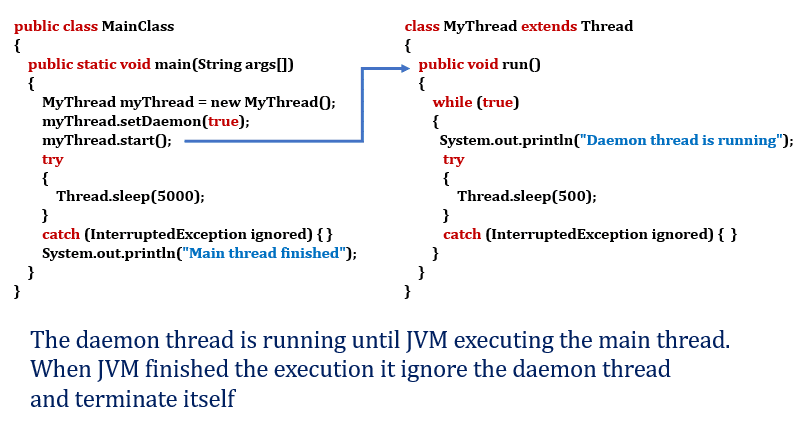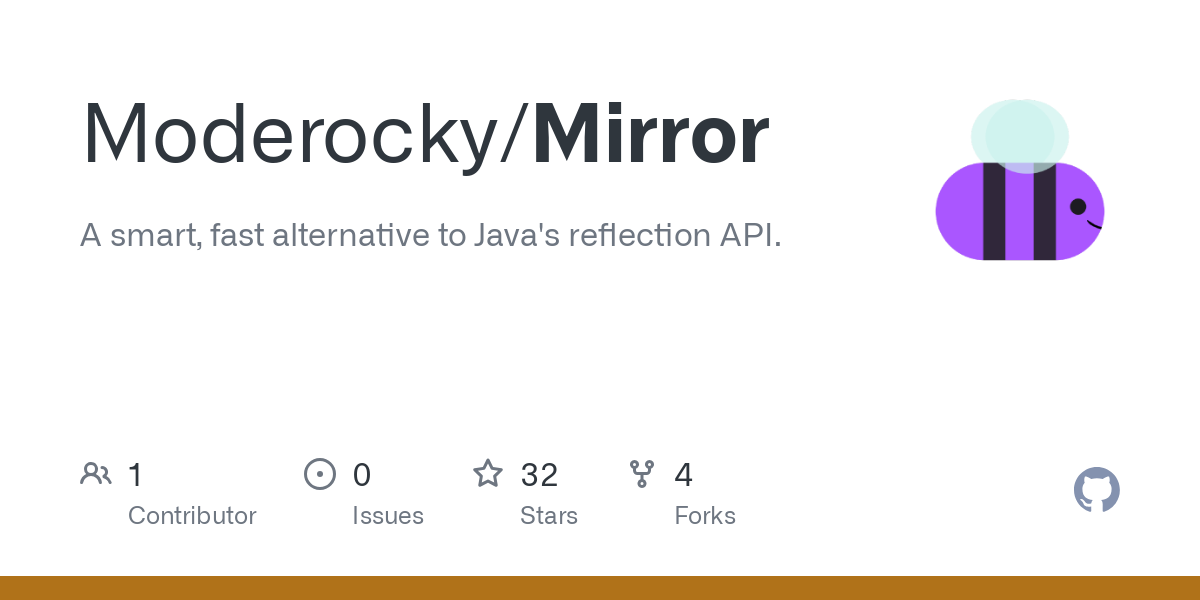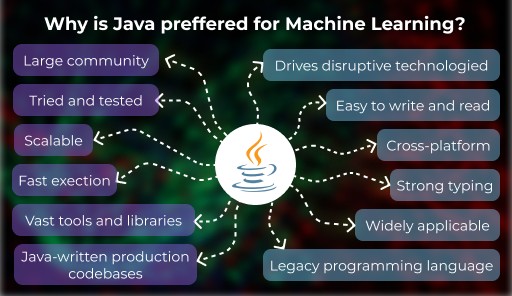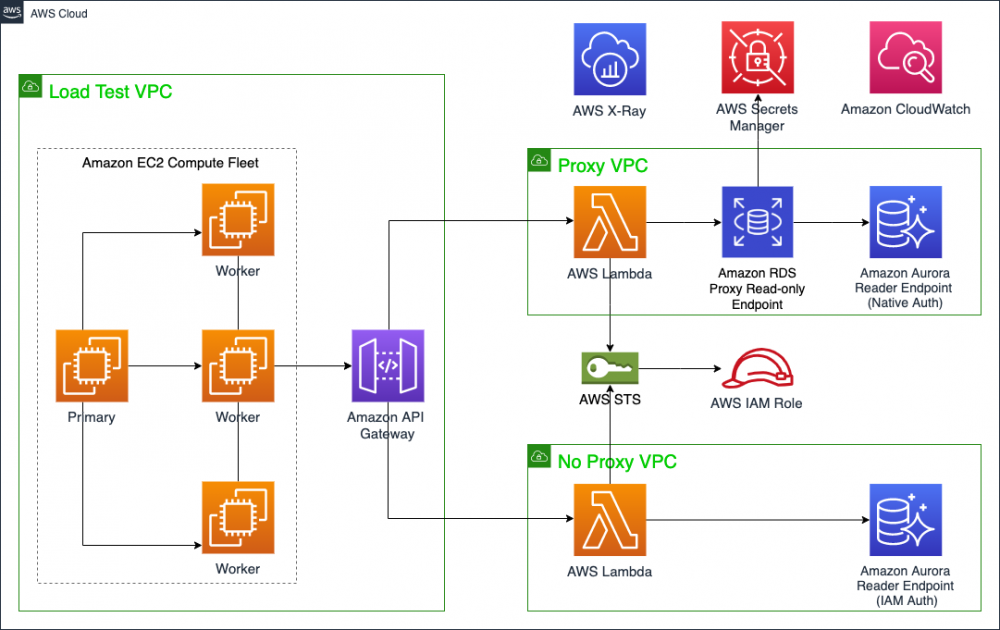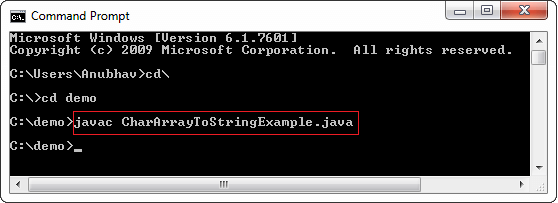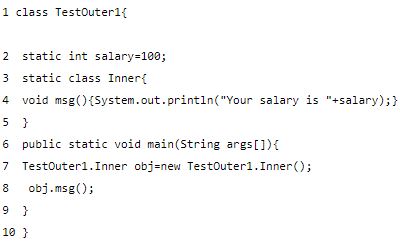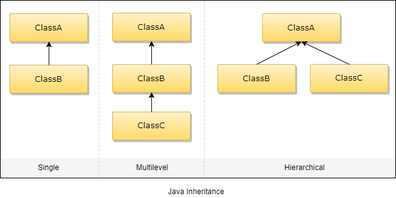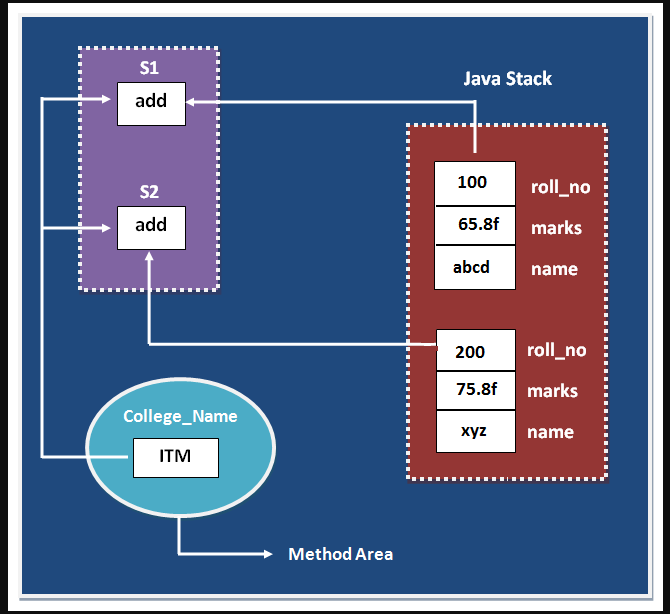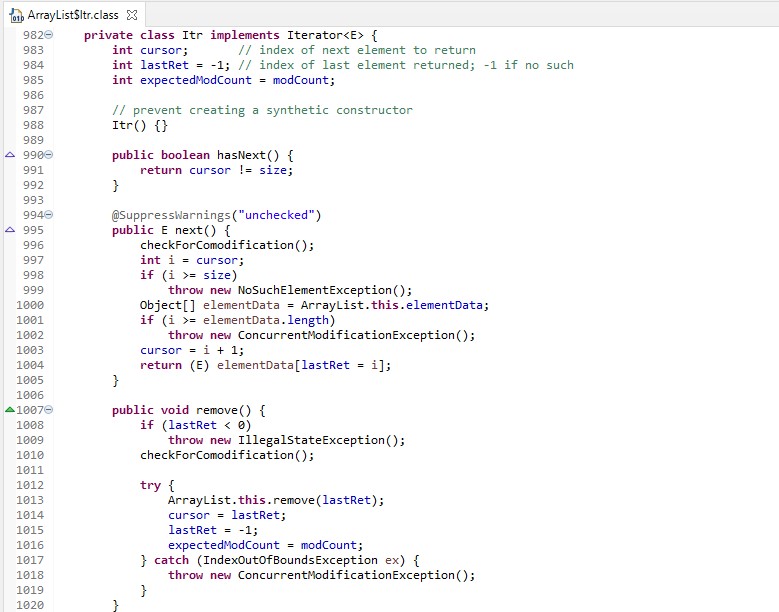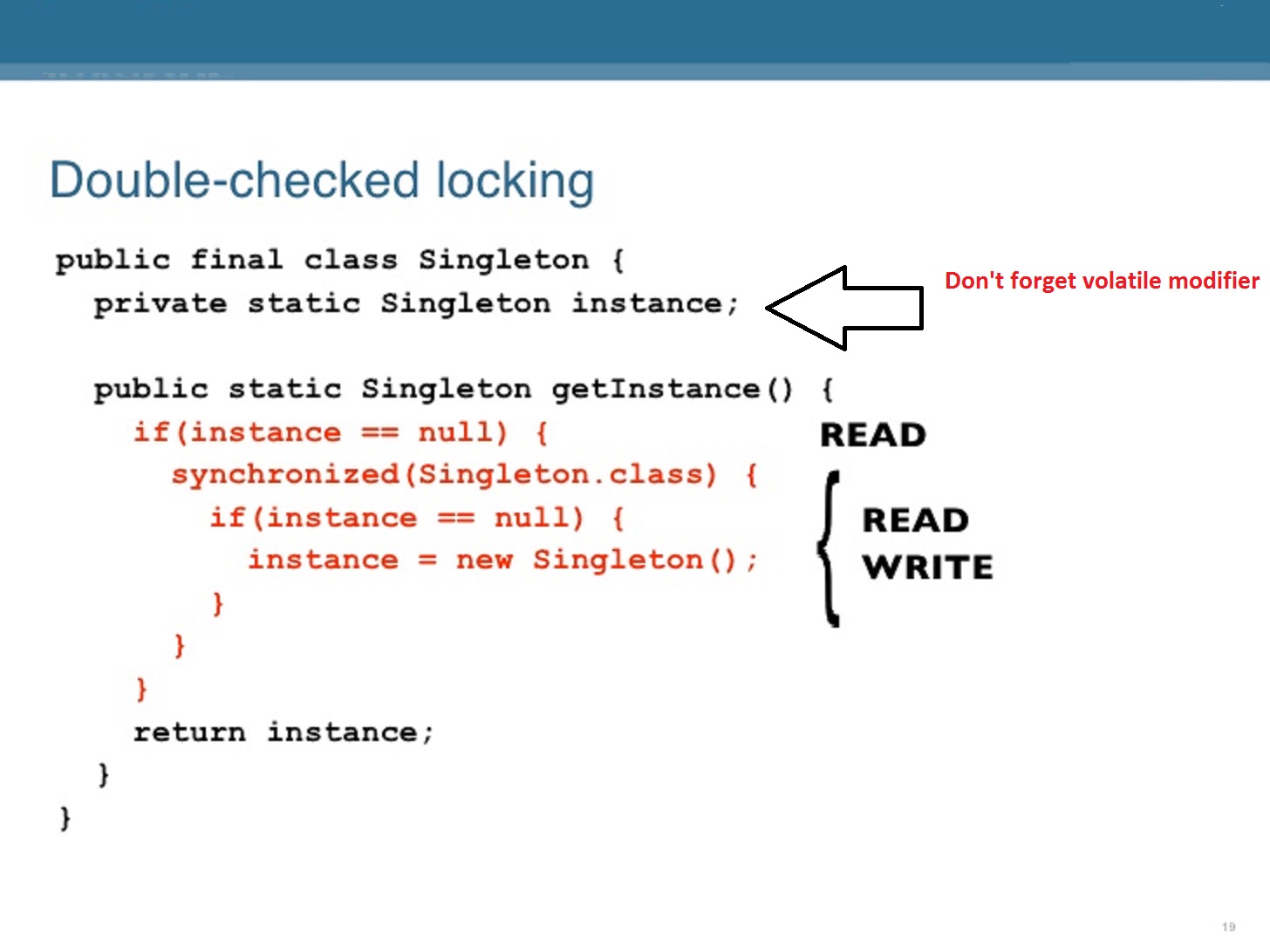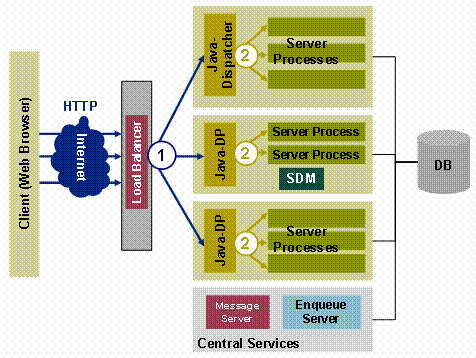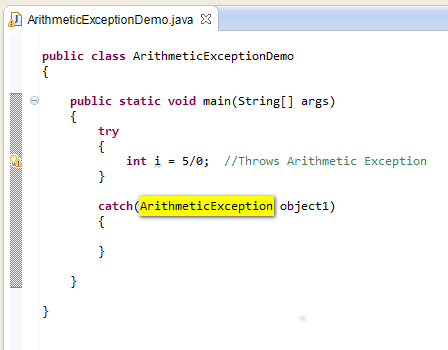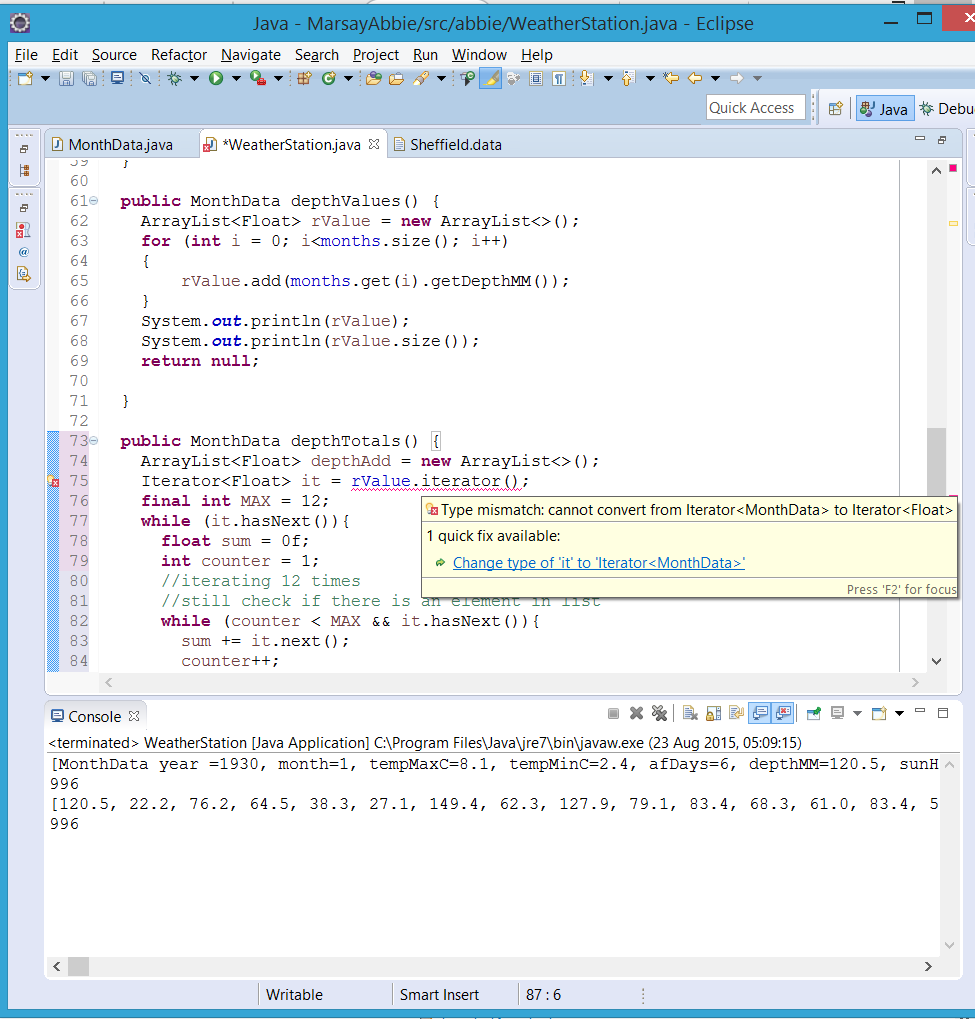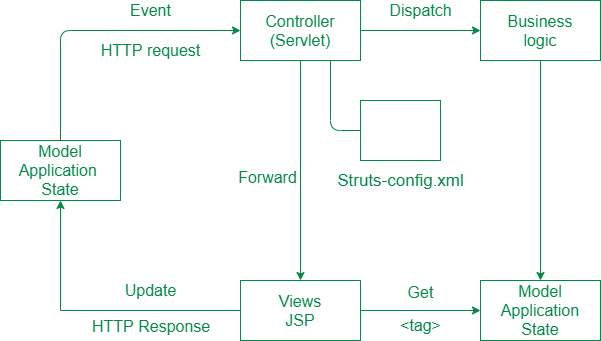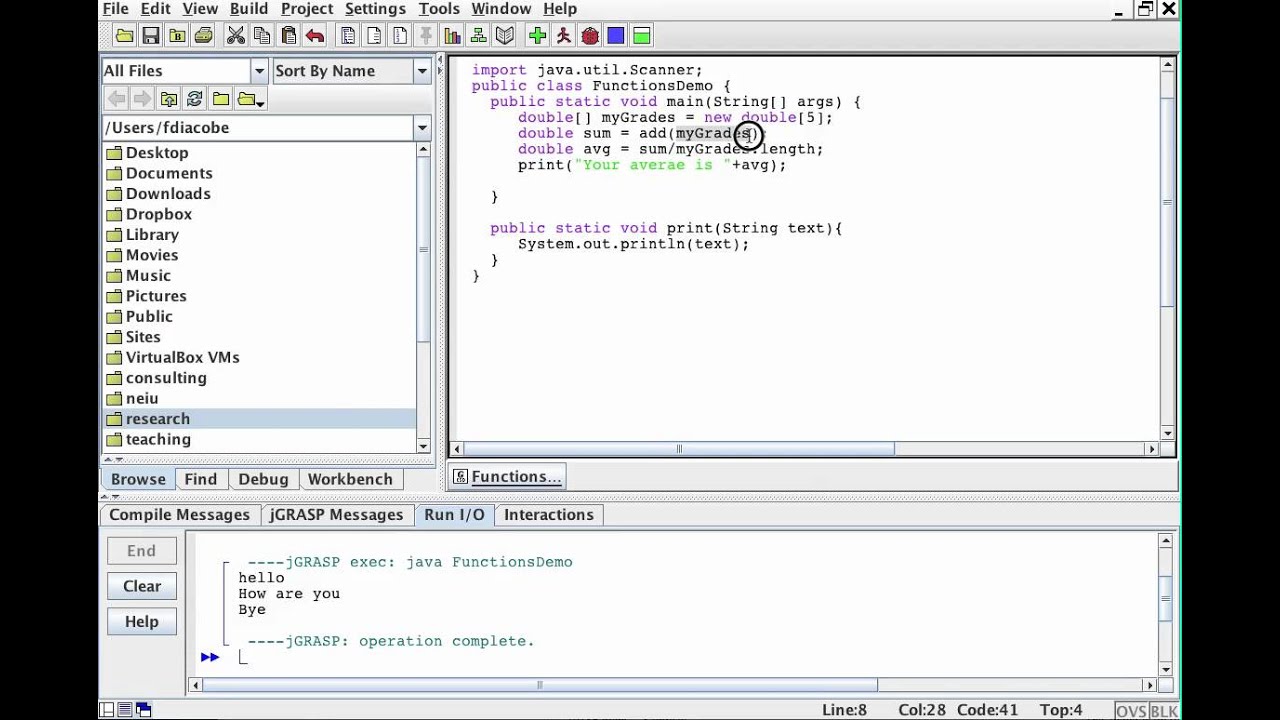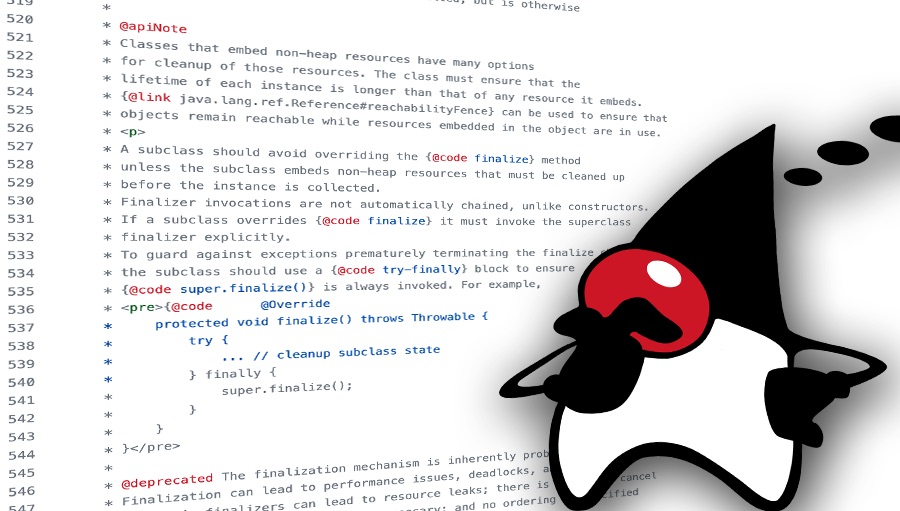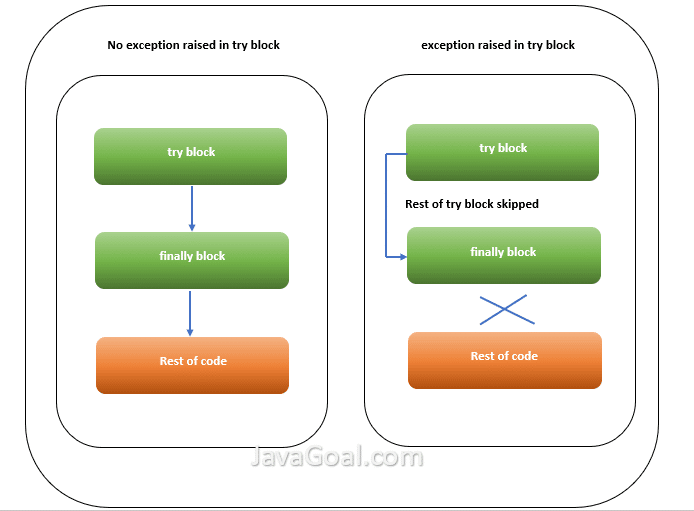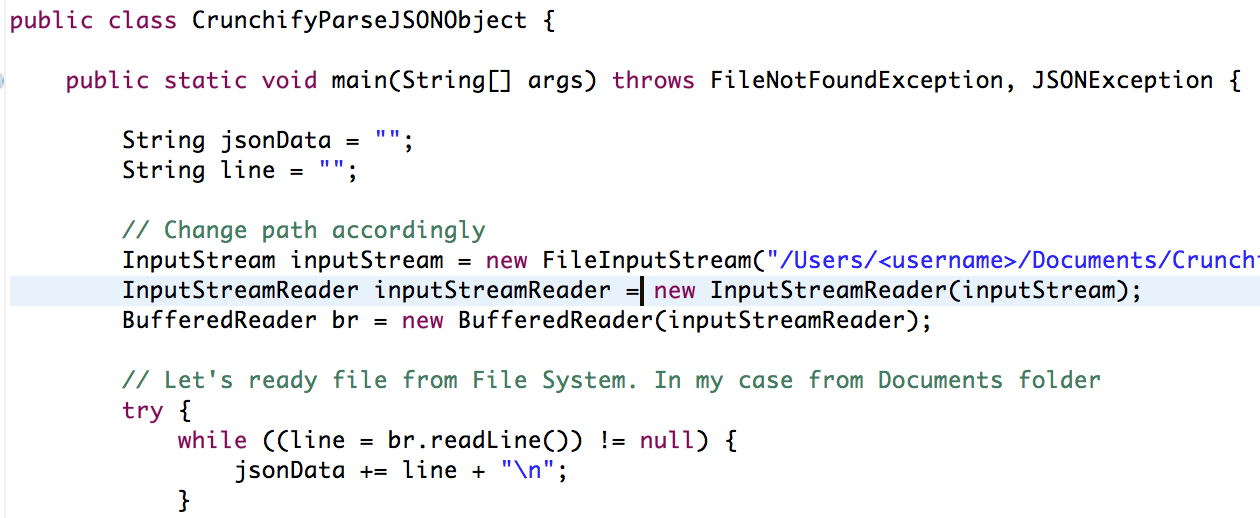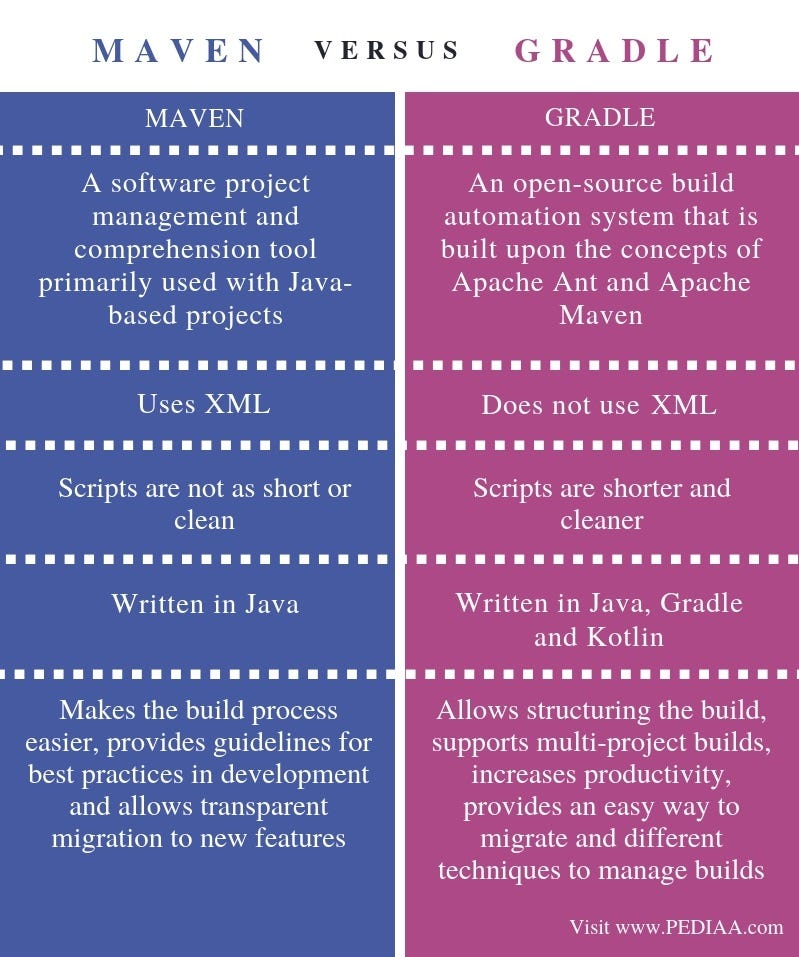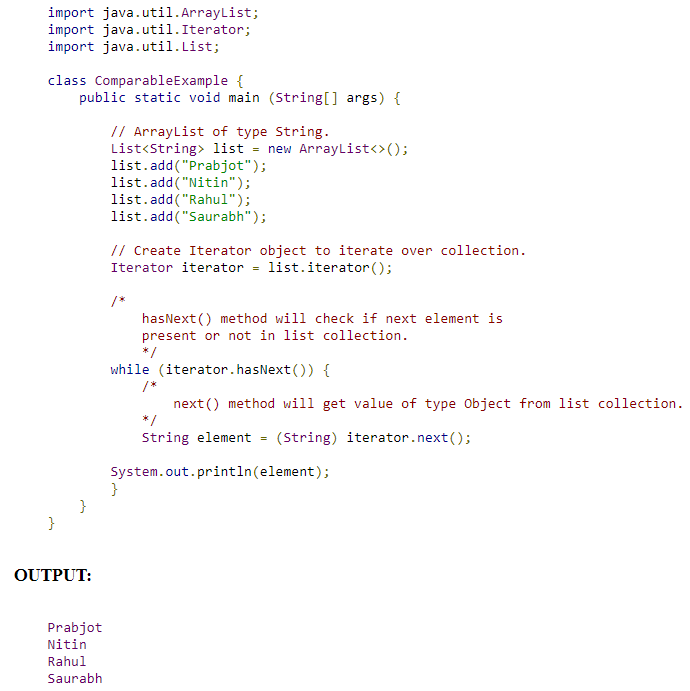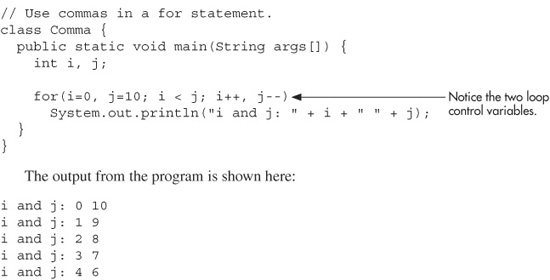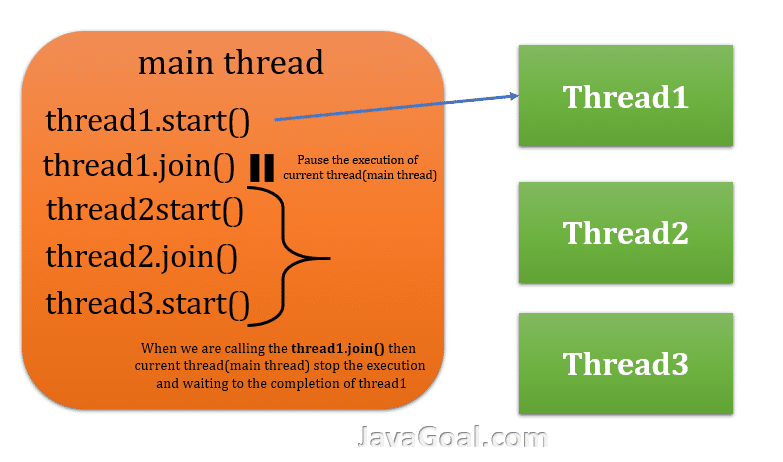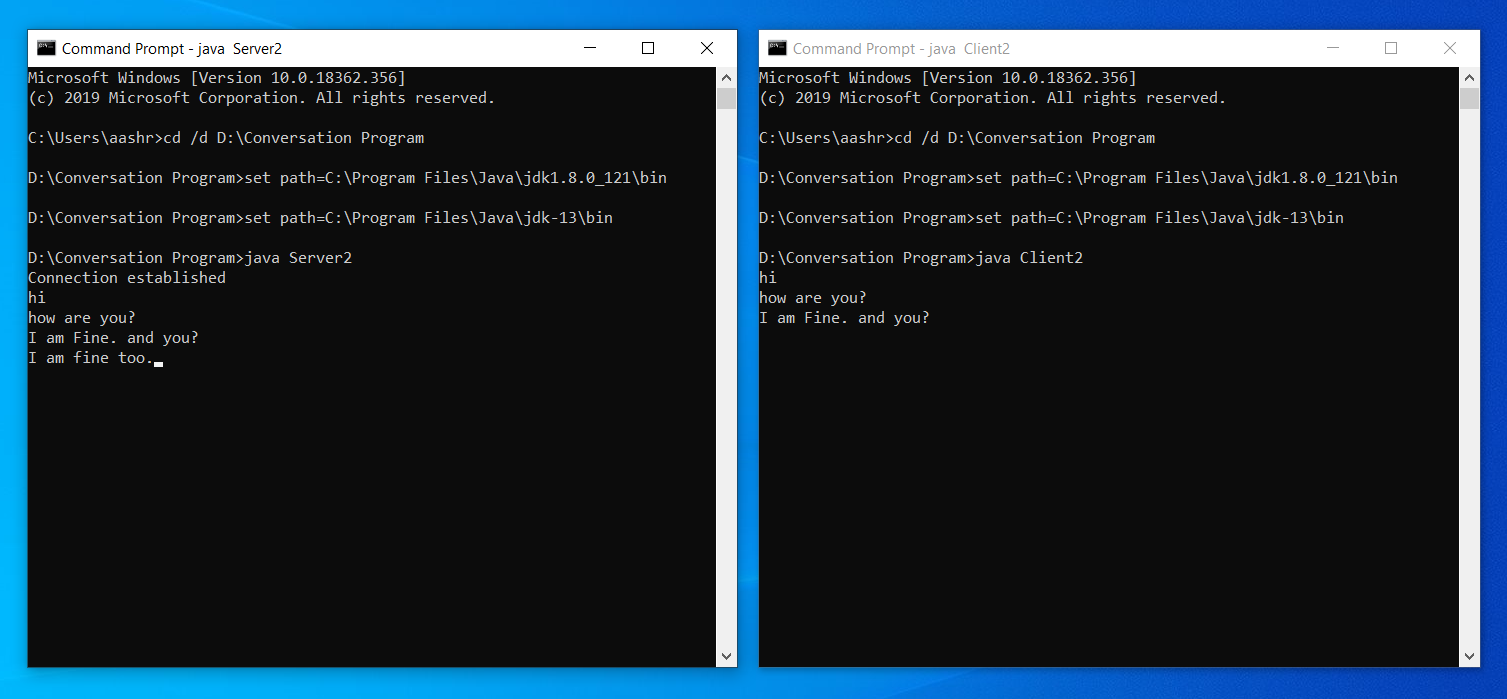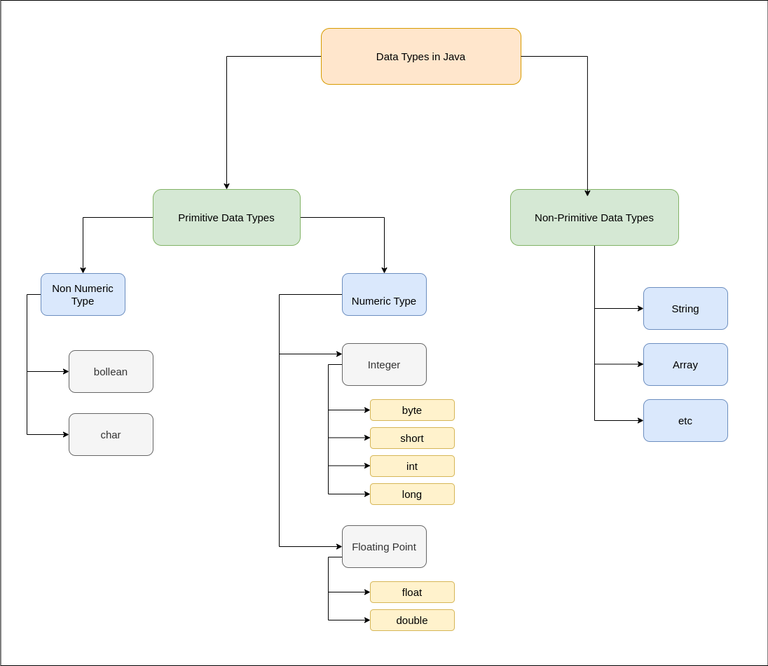What is the Factory Pattern in Java 11?
What is the Factory Pattern in Java 11?
The Factory Pattern!
In Java 11 (and many other programming languages), the Factory Pattern is a creational design pattern that provides an interface for creating objects, but allows subclasses to decide which class to instantiate. This pattern can be used when you have multiple classes of the same type, and you want to encapsulate their creation.
Imagine you're building a factory that produces different types of vehicles: cars, trucks, bicycles, and even airplanes! Each vehicle has its own characteristics and requirements, but they all share some common traits. Using the Factory Pattern, you can create an interface for "Vehicle" and have multiple concrete classes implement this interface to produce specific types of vehicles.
Here's a simple example:
// The Vehicle interface (or abstract class)
public interface Vehicle {
void startEngine();
}
// Concrete vehicle classes that implement the Vehicle interface
public class Car implements Vehicle {
public void startEngine() {
System.out.println("Starting car engine...");
}
}
public class Truck implements Vehicle {
public void startEngine() {
System.out.println("Starting truck engine...");
}
}
public class Bike implements Vehicle {
public void startEngine() {
System.out.println("Starting bike engine...");
}
}
// The Factory interface (or abstract class)
public interface VehicleFactory {
Vehicle createVehicle();
}
// Concrete factory classes that implement the VehicleFactory interface
public class CarFactory implements VehicleFactory {
public Vehicle createVehicle() {
return new Car();
}
}
public class TruckFactory implements VehicleFactory {
public Vehicle createVehicle() {
return new Truck();
}
}
public class BikeFactory implements VehicleFactory {
public Vehicle createVehicle() {
return new Bike();
}
}
Now, let's say we have a "Main" program that wants to create different types of vehicles using these factories:
public class Main {
public static void main(String[] args) {
// Create a car factory and get a car
VehicleFactory carFactory = new CarFactory();
Vehicle myCar = carFactory.createVehicle();
myCar.startEngine();
// Create a truck factory and get a truck
VehicleFactory truckFactory = new TruckFactory();
Vehicle myTruck = truckFactory.createVehicle();
myTruck.startEngine();
// Create a bike factory and get a bike
VehicleFactory bikeFactory = new BikeFactory();
Vehicle myBike = bikeFactory.createVehicle();
myBike.startEngine();
}
}
In this example, the Factory Pattern allows us to decouple the creation of vehicles from their concrete classes. We can easily add more types of vehicles without modifying the "Main" program.
The benefits of using the Factory Pattern are:
Decoupling: The creation of objects is decoupled from their concrete classes. Polymorphism: Multiple subclasses can be instantiated based on a single interface or abstract class. Extensibility: You can easily add more types of vehicles without modifying the "Main" program.In conclusion, the Factory Pattern in Java (or any other programming language) is a powerful tool that allows you to create objects while encapsulating their creation. It's an excellent way to decouple your code and make it more flexible and maintainable.
What is a Java factory?

I'd be happy to explain what a Java factory is.
In software development, particularly in object-oriented programming (OOP) and design patterns, a factory is a creational pattern that provides an interface for creating instances of its dependent classes without specifying the exact class of object needed. This allows for decoupling the client code from the concrete implementations, providing flexibility and extensibility to the system.
In Java specifically, a factory is typically implemented as a static method within a class, which is responsible for creating objects of a specific type or family of types. The purpose of a factory is to encapsulate the logic for creating these objects, allowing clients to request instances without knowing the details of their construction.
Here are some key characteristics of a Java factory:
Abstraction: A factory provides an abstraction layer between the client code and the concrete object creation process. Decoupling: By separating the creation process from the client code, a factory decouples the two, making it easier to change or replace the underlying implementation without affecting the clients. Polymorphism: Factories often work with polymorphic objects, where multiple subclasses inherit from a common base class. Creation logic: The factory contains the logic for creating instances of specific classes or families of classes.In Java, factories can be implemented using various design patterns, such as:
Simple Factory Pattern: A simple factory creates instances of a single concrete class. Abstract Factory Pattern: An abstract factory provides an interface for creating families of related objects. Factory Method Pattern: A factory method pattern uses inheritance to create instances of subclasses.To illustrate this concept, consider a system that manages different types of vehicles (e.g., cars, trucks, motorcycles). You might have a VehicleFactory class responsible for creating these various vehicle instances:
public interface Vehicle {void move();
}
public class Car implements Vehicle {
@Override
public void move() {
System.out.println("The car is moving.");
}
}
public class Truck implements Vehicle {
@Override
public void move() {
System.out.println("The truck is moving.");
}
}
public class Motorcycle implements Vehicle {
@Override
public void move() {
System.out.println("The motorcycle is moving.");
}
}
public class VehicleFactory {
public static Vehicle createVehicle(String type) {
if (type.equalsIgnoreCase("car")) {
return new Car();
} else if (type.equalsIgnoreCase("truck")) {
return new Truck();
} else if (type.equalsIgnoreCase("motorcycle")) {
return new Motorcycle();
}
// default or error handling
}
}
In this example, the VehicleFactory class provides a simple factory that creates instances of specific vehicle classes based on the input type. The client code can then request an instance of a particular vehicle without knowing the details of its construction:
public class Main {public static void main(String[] args) {
Vehicle car = VehicleFactory.createVehicle("car");
car.move(); // prints "The car is moving."
Vehicle truck = VehicleFactory.createVehicle("truck");
truck.move(); // prints "The truck is moving."
}
}
In conclusion, a Java factory provides a powerful mechanism for decoupling the creation of objects from their usage, allowing for flexibility and extensibility in software systems.

